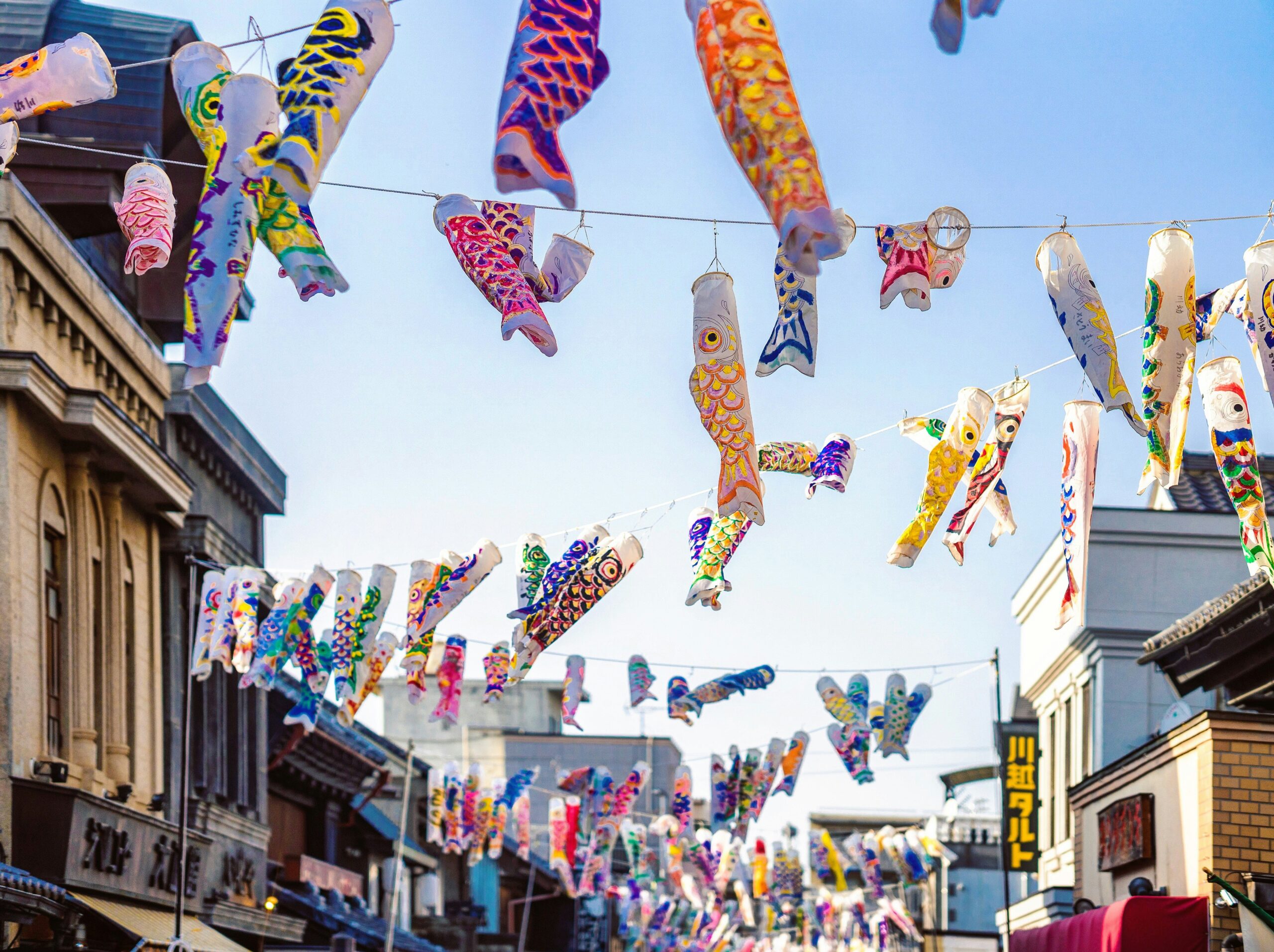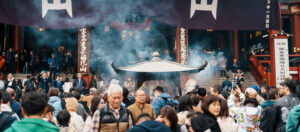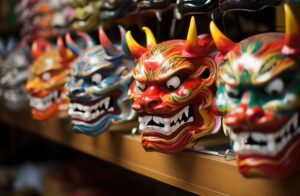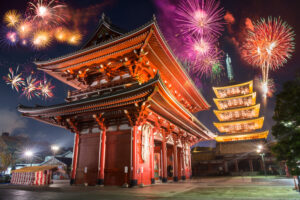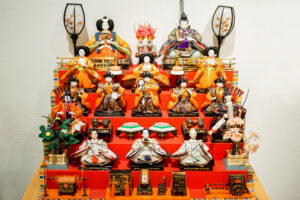In the heart of spring, Japan bursts into vibrant celebrations recognizing the significance of its younger generation through Children’s Day. This festival, held annually on May 5th, is not only a day of joy and play but a profound observance of tradition, honor, and the hopes for a prosperous future. It is a day where the entire nation turns its attention to the well-being and happiness of its children, integrating time-honored customs with contemporary festivities. From flying carp streamers to displaying samurai helmets, Children’s Day in Japan is a vivid tapestry of culture, history, and familial love, celebrated with a spirit that resonates across generations.
Japan’s Children’s Day: A Fusion of Joy and Tradition
Children’s Day in Japan, known as Kodomo no Hi, encapsulates the country’s rich cultural heritage while celebrating the boundless potential of its youngest citizens. The holiday, part of the Golden Week—a series of four national holidays within seven days—is deeply rooted in history, originating from an ancient festival known as Tango no Sekku. Today, it has evolved into a nationwide celebration where tradition and joy intertwine, showcasing Japan’s unwavering commitment to its future: the children.
Celebrating the Future: Japan Honors its Youngsters
On this day, families across Japan honor their children, wishing for their health, happiness, and a prosperous future. It’s a day that underscores the importance of childhood and acknowledges the roles children will play in shaping the future. Schools and communities organize events and activities that foster a sense of pride, unity, and respect among the young, instilling values that are hoped to be carried into adulthood.
Koinobori: The Sky-Filled Symbol of Children’s Day
One of the most picturesque traditions of Children’s Day is the hoisting of koinobori—large, colorful carp-shaped streamers—against the backdrop of Japan’s spring sky. These carp streamers symbolize courage and strength, qualities admired in children. The largest carp represents the father, the next largest the mother, and the smaller ones symbolize the children, illustrating the family unit’s collective hope for growth and success.
Samurai Helmets on Display: A Children’s Day Tradition
Another emblematic tradition is the display of kabuto, or samurai helmets, within homes. This practice is believed to ward off evil spirits and inspire strength and bravery in children. The kabuto, a symbol of valor and honor in Japanese culture, serves not only as a decorative item but as a reminder of the virtues parents wish upon their children.
Carp Streamers Color Japan’s Sky in Vibrant Hues
Cities and villages alike are adorned with the vibrant hues of koinobori, creating a mesmerizing spectacle that captures the essence of Children’s Day. The streamers, fluttering in the wind, are more than just decorative elements; they are imbued with the community’s collective wishes for its young to swim against life’s currents, embodying perseverance and resilience.
From Warriors to Wishes: The Essence of Children’s Day
Children’s Day seamlessly blends Japan’s warrior past with contemporary aspirations for its children. The day’s customs and symbols, from the displaying of samurai armor to the flying of koinobori, are rich with historical significance yet dynamically aligned with modern-day wishes for health, strength, and success. This fusion makes the celebration an enduring testament to the values Japanese society hopes to pass down through generations.
Families Nationwide Embrace Time-Honored Festivities
From the northern reaches of Hokkaido to the tropical islands of Okinawa, families throughout Japan engage in various activities that mark this special day. Whether it’s preparing special meals, visiting shrines, or participating in local events, the essence of Children’s Day is palpable across the nation. These shared experiences not only strengthen family bonds but also connect communities, fostering a sense of belonging and collective joy.
Children’s Day Treats: More Than Just Sweet Delights
Festive foods play a significant role in the celebration, with treats like kashiwa mochi—rice cakes wrapped in oak leaves—and chimaki—sweet rice paste wrapped in bamboo leaves—taking center stage. These delicacies are steeped in symbolism, representing longevity and prosperity, and are enjoyed by families as part of the day’s feasting and festivities.
The Significance of Shobu: Combat and Purification
Another key element of Children’s Day is the use of shobu (iris) leaves in baths, known as shobuyu. This custom draws from the iris’s resemblance to a samurai sword and its association with martial prowess and protection. The fragrant bath is believed to purify the body and spirit, further embedding the day’s themes of strength, courage, and health.
Kashiwa Mochi: A Sweet Bite of Tradition
Kashiwa mochi, with its sweet bean filling and symbolic oak leaf wrapping, represents family prosperity and the continuation of the family line. Consuming this treat during Children’s Day is a delicious nod to tradition and the hopes parents hold for their children’s future success and happiness.
Empowering the Next Generation: Lessons from Children’s Day
Children’s Day in Japan is more than a national holiday; it is a vibrant expression of love, hopes, and dreams for the next generation. Through its unique blend of tradition, symbolism, and celebration, the day serves as a reminder of the importance of nurturing, protecting, and empowering children. It underscores the role of community in raising children and instilling in them the values of courage, strength, and respect.
Echoes of Laughter: Children’s Day Concludes with Joy
As the day draws to a close, the echoes of laughter and the colorful sights of koinobori remain, leaving an indelible mark on the hearts and minds of Japan’s children. Children’s Day encapsulates the essence of childhood—innocence, hope, and boundless potential. Through this cherished holiday, Japan not only honors its children but also reaffirms its dedication to fostering a bright and thriving future for them.
Children’s Day in Japan is a poignant reminder of the nation’s deep-seated values and its unwavering hope for the future. As families across the country conclude their celebrations, the spirit of Kodomo no Hi lingers—a testament to the enduring love and aspirations that society holds for its youngest members. In the joyful festivities and time-honored traditions of Children’s Day, Japan not only celebrates its children but also charts a hopeful course for their journey into adulthood, imbued with the strength, courage, and integrity that the day embodies.
